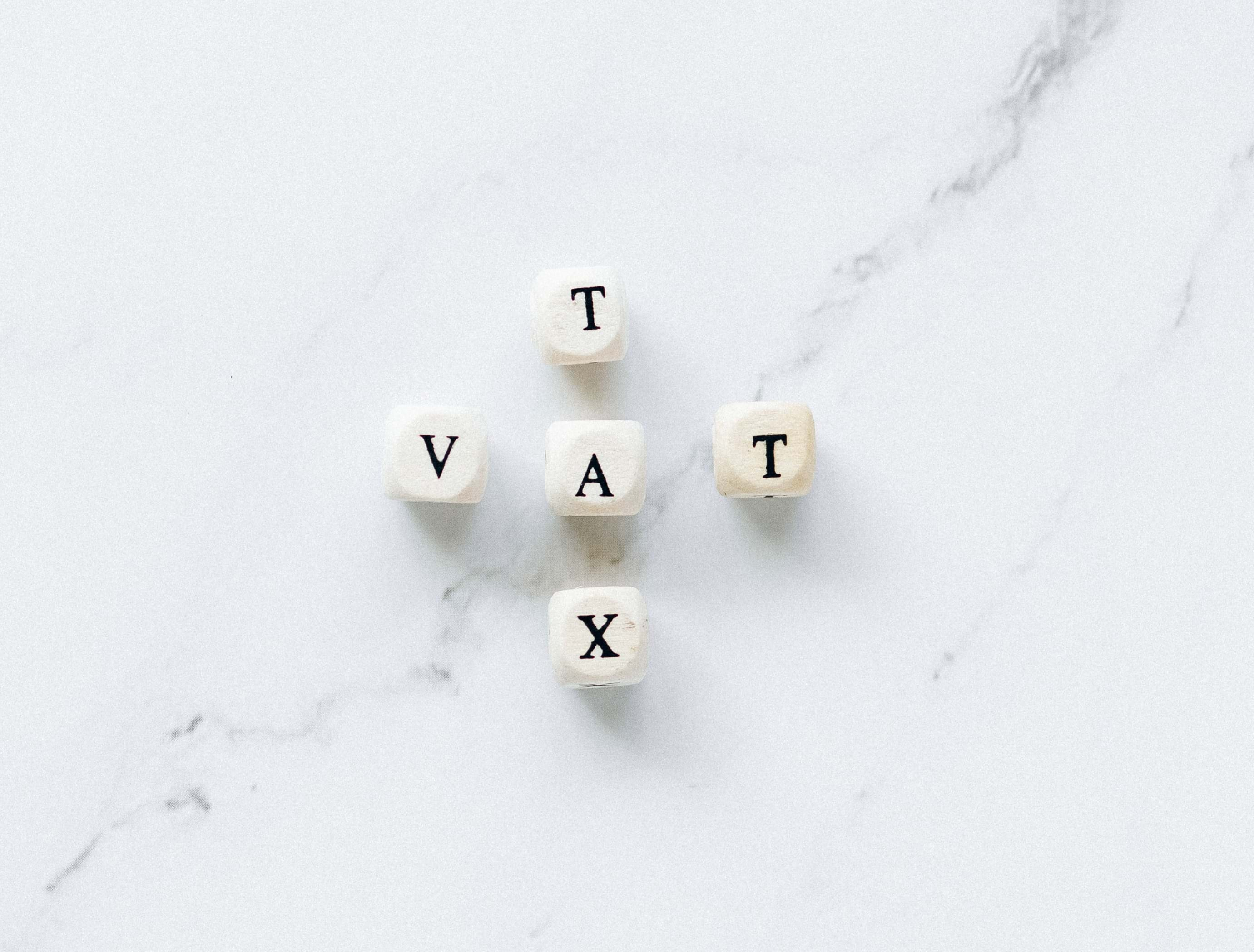Trading seafood with the EU: Five most asked questions about VAT
The UK officially left the EU on 31 December 2020. Since then, we’ve been sharing guidance and advice to businesses on the new rules for trading seafood.
One of the topics we get lots of questions on is VAT (Value Added Tax). When we left the EU, we left the EU’s VAT regime. Each member state has different VAT rates so traders need to be aware of the VAT rates for the country they are trading with.

We recently updated our guidance on Customs, Tariffs and VAT for importing and exporting seafood with the EU. However, we decided to pull out the most common questions we’ve been asked about VAT to help businesses with similar questions.
1. Is there VAT on seafood in the UK?
Generally, there is no VAT on seafood. However, it is always good practice to check the requirements using the government's trade tariff tool by entering the correct commodity code.
2. What happens at the point of import into Great Britain for seafood commodities with zero VAT?
If the VAT rate on the import is zero, you will declare this and there will not be any import VAT to pay. Again, you must ensure that the correct commodity code is declared. We recommend traders who appoint a customs intermediary check all necessary details prior to submission. The zero-rated vat code “VATZ” may need to be entered when the customs entry is made.
3. Do seafood businesses have to list every sale or import in their VAT return?
Yes, even though the sale is zero rated, it must be recorded on the VAT return. It is advised that traders keep a full visible audit trail of products entering and leaving the business.
4. I export seafood from Great Britain to Boulogne for a customer in France. Do I need to be VAT registered in France?
Use our Seafood Customs, Tariffs and VAT guide to find out if you exceed the threshold for France and if the incoterms of the sale would deem you responsible.
In January 2022, France changed their import VAT rules. Companies will automatically have to use postponed VAT accounting, which is mandatory, where import VAT is not paid at the French customs border but declared and completed on returns to the French tax authority (DGFiP). The importer of record will need to have a French VAT number to reclaim any import VAT. If you are selling on a DDP basis, you may want to register for VAT in France or you can appoint a fiscal representative to do this for you.
5. My goods pass through several countries before reaching my customer. Will I need to pay VAT in all the countries it passes through?
When trading with the European Union, you will only pay import duty and VAT once. This is at the point of import and the goods enter free circulation. If you do not want to pay import duty and VAT in the first country it enters, it is possible to use a transit procedure which will suspend the duty and VAT while the goods are in transit. The duty and VAT will be due once the goods reach the destination and enter free circulation.
Do you have another VAT question?
Contact Christina Fallah, our Regulatory Affairs Advisor (Customs and International Trade), with any questions you have about VAT, please email christina.fallah@seafish.co.uk.
We're always seeking ways to improve our content. Let us know how useful you've found our guidance and blog, by using the feedback buttons below.